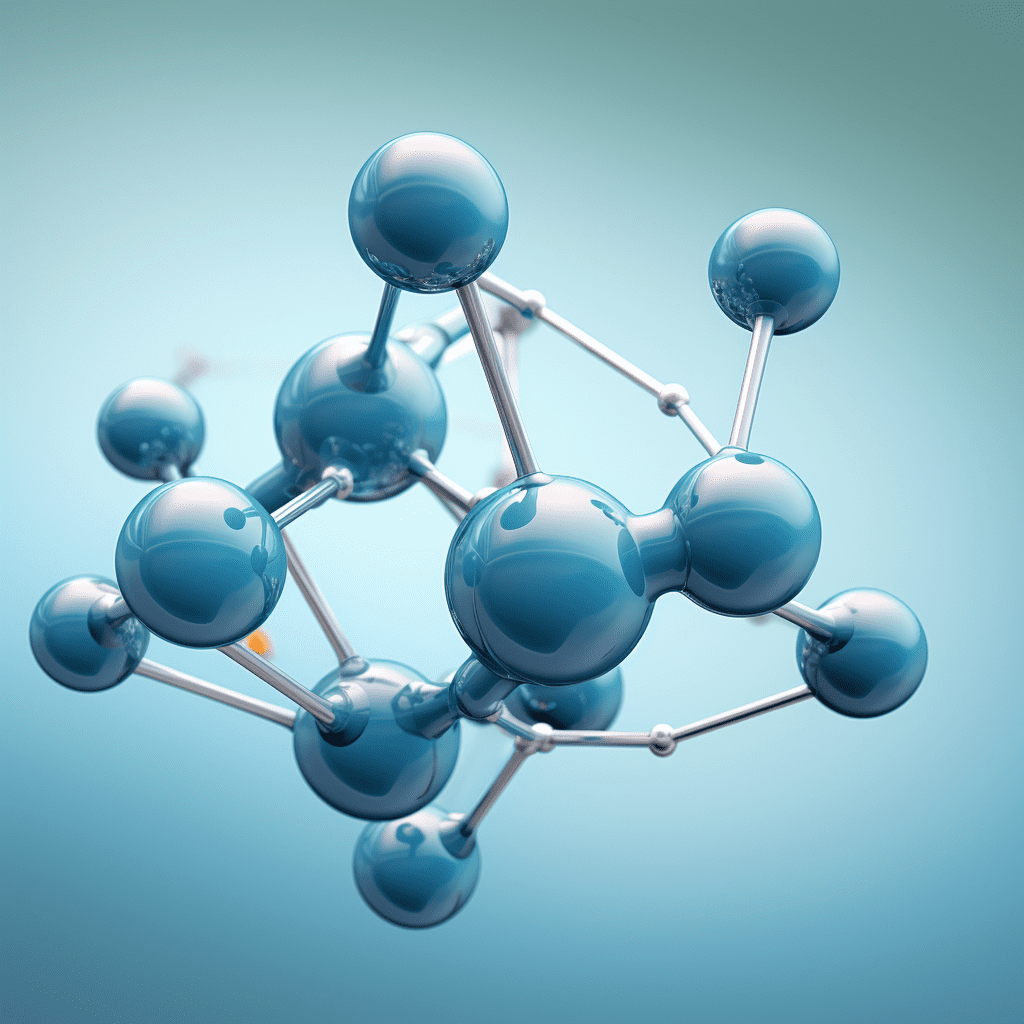How do you replace a Toyota forklift battery? Replacing a Toyota forklift battery involves safety precautions, removing the old battery, installing a new one, and post-installation checks. Always wear protective gear, disconnect power, and follow manufacturer guidelines. Proper disposal of the old battery and testing the new unit are critical for efficiency and compliance.
What Are the Different Forklift Classes and Their Uses?
What Safety Precautions Are Essential Before Replacing a Forklift Battery?
Before replacement, turn off the forklift, engage the parking brake, and wear insulated gloves and goggles. Ensure the workspace is ventilated to avoid hydrogen gas exposure. Disconnect the battery terminals in reverse order (negative first) and verify the battery’s weight capacity matches the forklift’s requirements.
How Do You Remove the Old Toyota Forklift Battery Safely?
Use a certified battery extractor or lift to slide the battery out of its compartment. Avoid tilting the battery to prevent acid spills. Place it on a stable, acid-resistant surface. Inspect the battery tray for corrosion and clean it with a baking soda solution before installing the new unit.
When handling larger batteries, consider using a pallet jack or forklift attachment designed for battery removal. Always verify the battery’s center of gravity to prevent tipping during extraction. If corrosion is present on terminals, neutralize it with a mixture of water and baking soda before proceeding. For flooded lead-acid batteries, check for cracks or leaks and use a spill kit if electrolyte is exposed. Document the removal process for maintenance records, noting any damage observed.
| Tool | Purpose |
|---|---|
| Battery extractor | Safe removal without tilting |
| Insulated wrench | Terminal disconnection |
| Acid-resistant gloves | Protection from corrosive materials |
What Are the Cost Considerations for Forklift Battery Replacement?
Costs vary by battery type: lead-acid ranges from $2,000-$6,000, while lithium-ion costs $5,000-$15,000. Factor in disposal fees, energy efficiency, and lifespan. Leasing options or refurbished batteries can lower initial costs. Always compare warranties and supplier support services.
Beyond upfront costs, evaluate long-term savings. Lithium-ion batteries reduce energy consumption by 30-50% compared to lead-acid, significantly lowering electricity bills over time. Lead-acid requires weekly watering and equalization charges, adding labor costs. Consider tax incentives for eco-friendly lithium-ion adoption in some regions. For businesses with multiple shifts, lithium-ion’s opportunity charging capability minimizes downtime, indirectly boosting productivity.
| Factor | Lead-Acid | Lithium-Ion |
|---|---|---|
| Cycle Life | 1,500 cycles | 3,000 cycles |
| Maintenance | Weekly | None |
| Charge Time | 8-10 hours | 2-3 hours |
“Proper battery replacement directly impacts forklift performance and safety. At Redway, we recommend using OEM-compliant batteries and training staff on handling protocols. Lithium-ion adoption is rising, but ensuring charger compatibility is crucial. Regular voltage checks prevent unexpected downtime.” — Redway Power Solutions Team
FAQ
- How Long Does It Take to Replace a Forklift Battery?
- Replacement typically takes 30–60 minutes, depending on battery size and forklift model. Allow additional time for safety checks and cleaning.
- Can I Replace a Forklift Battery Myself?
- Only trained personnel should handle replacements due to the risk of acid exposure, electrical hazards, and heavy lifting requirements.
- What Is the Average Lifespan of a Toyota Forklift Battery?
- Lead-acid batteries last 1,000–1,500 cycles (3–5 years), while lithium-ion lasts 2,000–3,000 cycles (7–10 years) with proper maintenance.



